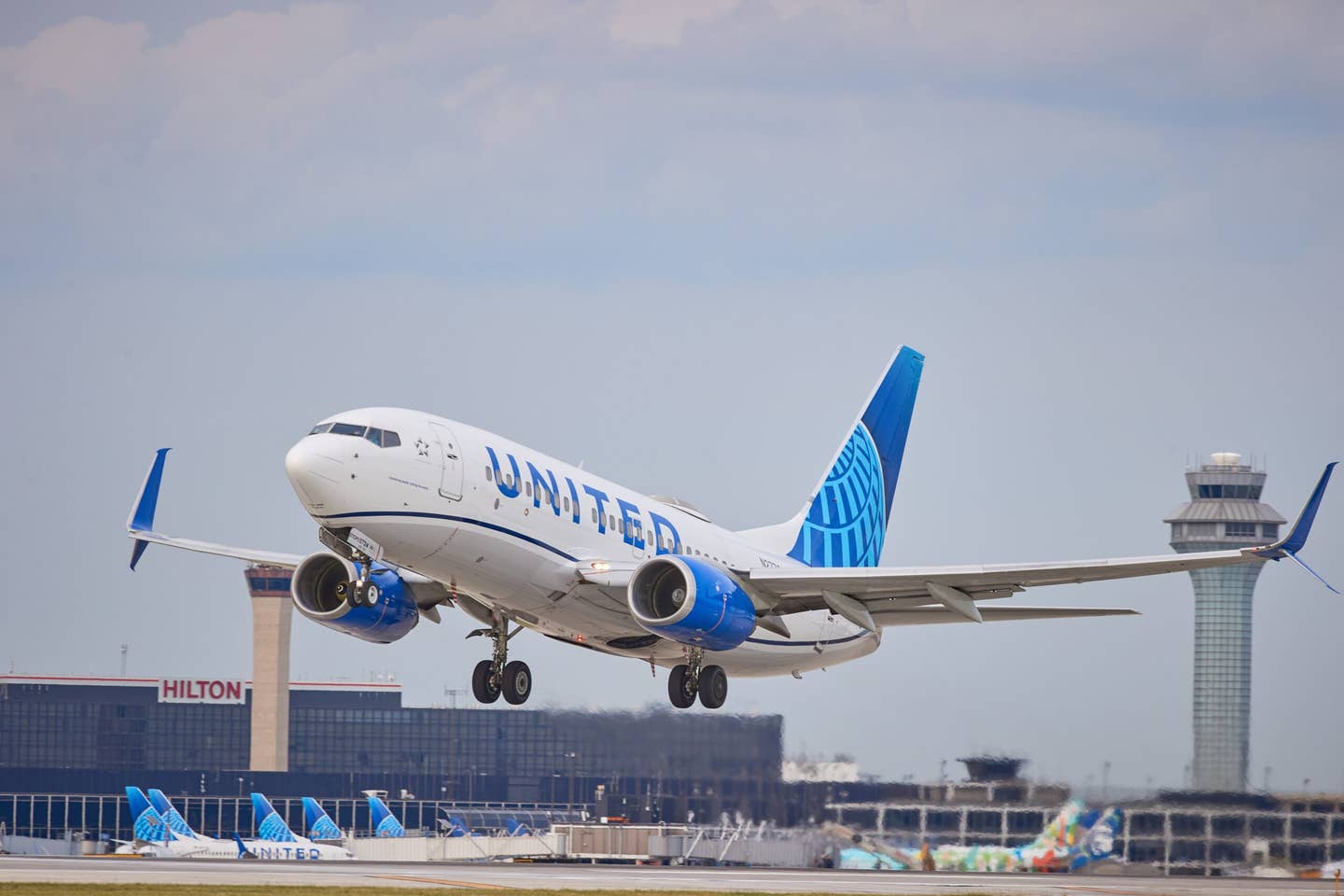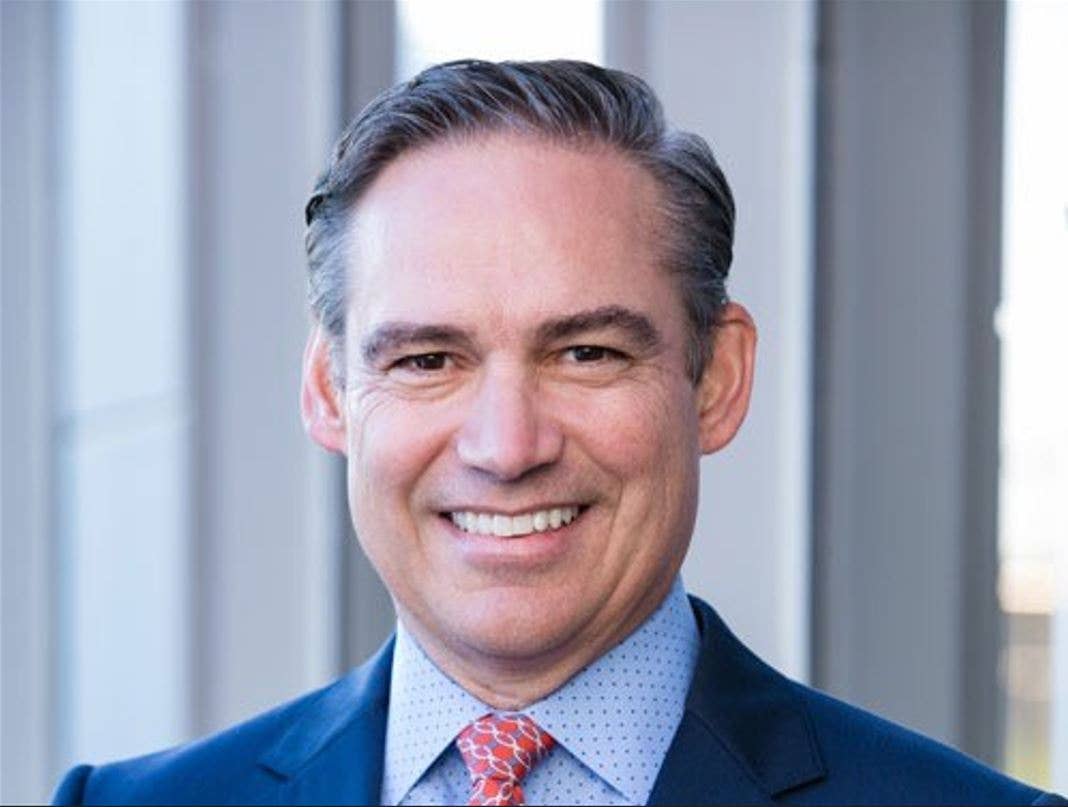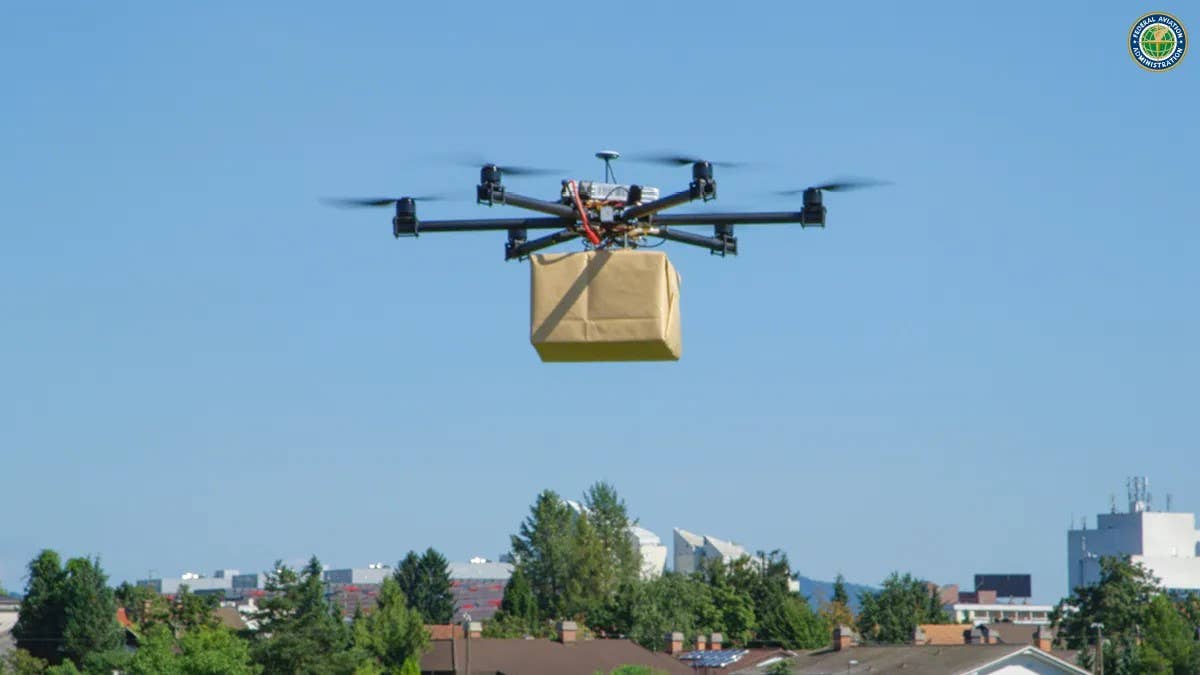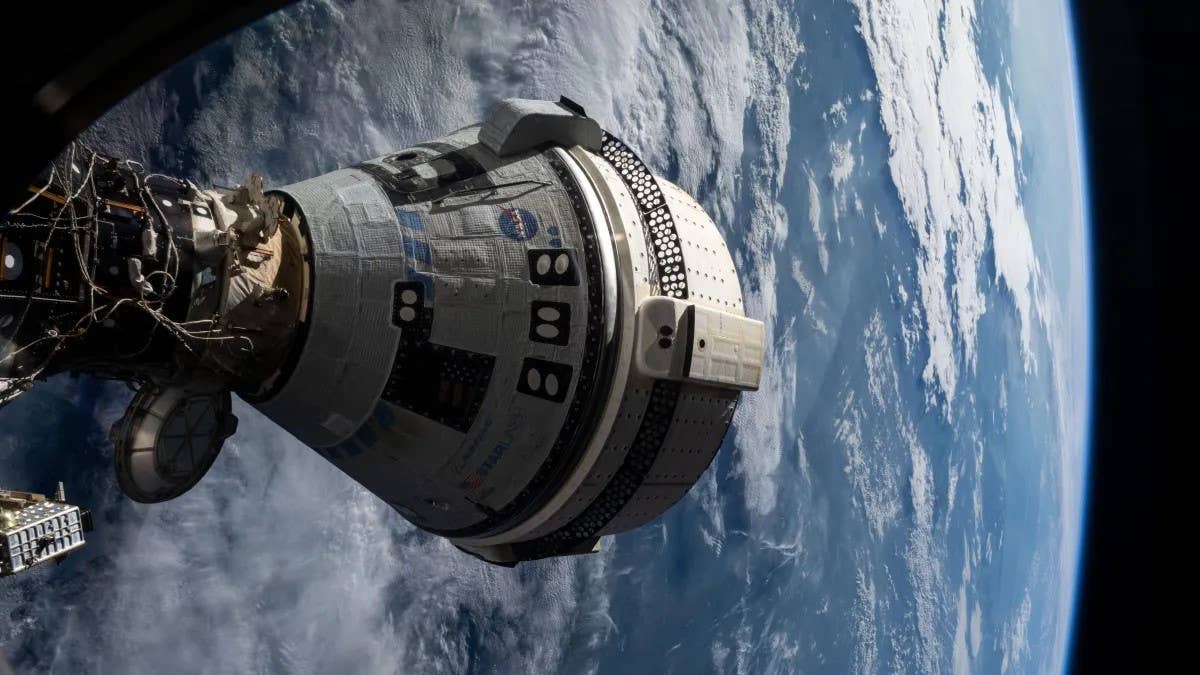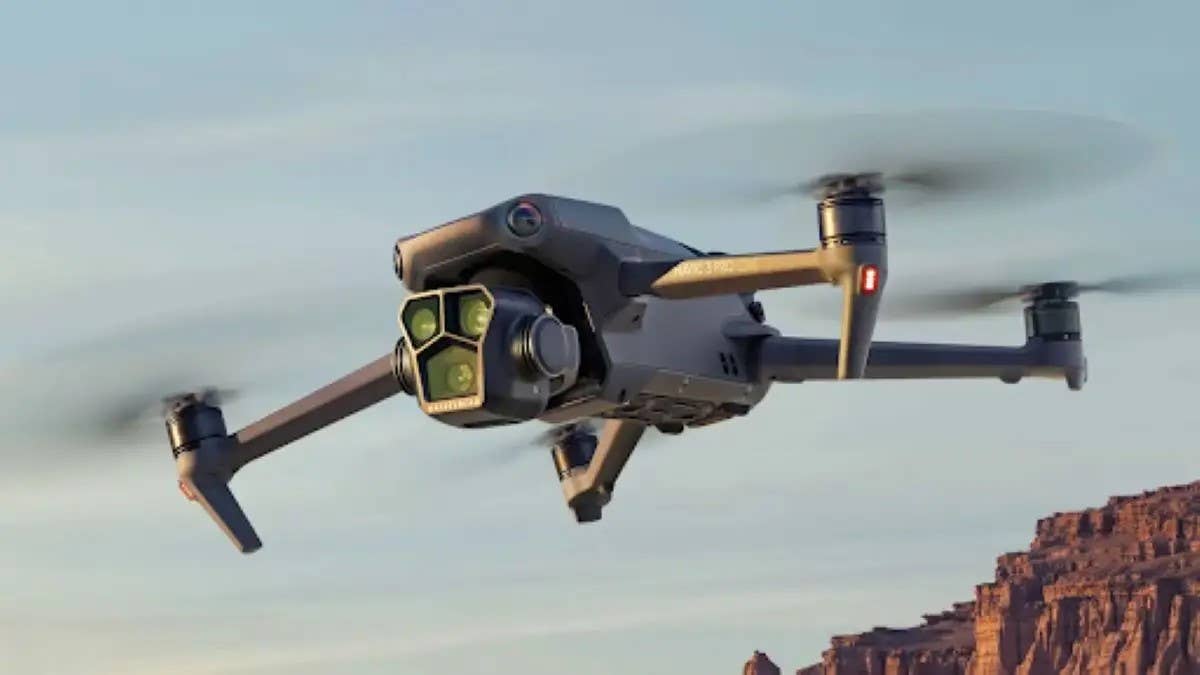Regional Air Carrier JSX to Purchase More Than 330 Hybrid-Electric Aircraft
The company expects to add the new models to its fleet of 48 Embraer E145s in 2028, opening new air travel options for small communities.

A digital rendering of Aura Aero’s Era hybrid-electric aircraft in JSX livery. [Courtesy: JSX]
One of the world’s premier regional air carriers plans to add hundreds of hybrid-electric aircraft to its fleet.
Dallas-based JSX, the only regional air carrier with a five-star rating from the Airline Passenger Experience Association, signed letters of intent (LOIs) to acquire as many as 332 hybrid-electric models from manufacturers Electra.aero, Aura Aero, and Heart Aerospace. The charter jet service expects to receive its first delivery in 2028, with a hybrid-electric rollout that same year.
The semiprivate operator emphasized the new aircraft will be used to connect (or reconnect) small communities to major cities with sustainable, relatively affordable flights. Its commitments are part of a pledge to add more environmentally friendly air service options on the heels of the Joe Biden administration’s renewed efforts to decarbonize the aviation sector.
“As the network airlines order ever-larger aircraft, it is inevitable that more and more small markets will be abandoned,” said Alex Wilcox, CEO and co-founder of JSX. “Electra, Aura Aero, and Heart Aerospace are visionary organizations that share in JSX’s commitment to serving smaller communities, working together with us to weave sustainable regional air travel back into the fabric of American commerce and freedom of movement.”
JSX said it vetted dozens of “environmentally conscious airplane proposals” over the past few years before settling on Electra, Aura, and Heart, which it said are focused on the “natural first frontier” for scalable, low-emissions aviation: small, fixed-wing, regional aircraft. The company says it will be the first in its category to adopt hybrid-electric technology.
The New Additions
JSX signed LOIs for a total of 132 firm aircraft orders and 200 options, which the carrier intends to add to its fleet of 48 Embraer E145s, each reconfigured for 30 seats.
The air carrier placed 32 orders for Electra’s nine-seat, hybrid-electric ultra-short takeoff and landing (eSTOL) aircraft, with an option for 50 more. The low-emission design has a range of 500 nm and can carry up to 2,500 pounds of cargo. Compared to vertical takeoff alternatives, Electra claims the eSTOL offers more than twice the payload, 10 times the range, and 70 percent lower operating costs.
The eSTOL’s calling card is its ability to take off and land with just 150 feet of runway. Electra enables this through a unique blown-lift technology, which allows the aircraft to take off at speeds as slow as a car driving through a residential neighborhood. The model also deploys distributed electric propulsion, with batteries that recharge in flight, while a turbine-powered generator drives eight electric motors spread across the wing.
According to Electra, the company has a backlog of more than 1,700 preorders from more than 30 companies, including Houston-based helicopter provider Bristow Group.
“Our eSTOL aircraft is uniquely positioned to deliver on JSX’s commitment to provide sustainable access to small communities and large cities alike,” said JP Stewart, vice president and general manager of Electra.
From Aura, JSX agreed to purchase 50 Era aircraft—designed to carry 19 passengers or 1.9 tons of cargo for up to 900 nm—with the option for 100 more. Era uses all-electric propulsion during takeoff, which reduces the aircraft’s noise and environmental footprint. The design features a flexible seating configuration and pressurized cabin, and Aura has collected several hundred orders.
“Era, our low-carbon aircraft, provides the performance required for JSX to bring air connectivity to more local communities,” said Jeremy Caussade, president and co-founder of Aura. “This agreement marks a new step in our development in the USA.”
Finally, JSX signed an LOI for 50 firm orders and options apiece for Heart’s ES-30: a 30-passenger, regional hybrid-electric airplane. Designed for short-haul routes, the model has a maximum range of 432 nm, but it can also cover 216 nm in hybrid configuration or 108 nm in all-electric mode. Heart says the design lowers emissions, noise pollution, and operating costs.
As of September, the company had 250 firm ES-30 orders with options and purchase rights awarded for 120 more. Customers include United Airlines Ventures, Mesa Group, and Air Canada.
“The ES-30, with its competitive economics and green credentials, fits very well with JSX’s vision, and we see not only the opportunity to reconnect many regional routes lost over the years, but also open many more new ones,” said Simon Newitt, president and chief commercial officer of Heart.
Each of the three manufacturers brings unique design features to the table. But according to JSX, all three aircraft models will lower operating costs and emissions while fitting within existing infrastructure and regulatory parameters.
Regional Air Travel for All
JSX bills itself as a “hop-on” public charter jet service, with the mission of offering competitively priced flights between private terminals. In short, the goal is to provide regional air travel—which traditionally has been reserved for the ultra-wealthy—to all.
But that’s easier said than done. Commercial airlines only serve a few hundred U.S. airports, leaving providers such as JSX to fill in the gaps. At present, the company provides 120 public charter flights per day to 24 business and leisure destinations in eight U.S. states, Mexico, and the Bahamas. However, that still leaves thousands of airports without convenient travel options.
JSX says its Part 135- and Part 380-certified operations, combined with the performance of its new hybrid-electric aircraft, will open thousands of federally funded airports—which otherwise would be inaccessible to those who can’t own or charter an entire aircraft—to service.
The company claims the incoming models will introduce more favorable operating economics, allowing it to “dramatically” lower the cost of service. It expects to open new flight options for over 2,000 U.S. airports that don’t currently offer regular air service, without the need for government subsidies.
In recent months, JSX has steadily added routes to its coverage map while shifting its business away from larger airports. In September, it ditched Miami International Airport (KMIA) for nearby Miami-Opa-Locka Executive Airport (KOPF) and swapped San Diego International Airport (KSAN) for McClellan-Palomar Airport (KCLD).
The Dallas-based company also cut flights from Dallas Love Field (KDAL) to Austin and shifted operations from Austin-Bergstrom International Airport (KAUS) to Austin Executive Airport (KEDC). And last week, it announced plans to move its Arizona operations from Phoenix Sky Harbor International Airport (KPHX) to a private terminal at Scottsdale Airport (KSDL).
However, federal regulators have recently taken aim at public air charters—including JSX.
While the company was not specifically named, the FAA in August released a notice of intent to develop a potential rule that would force public air charters to adhere to the same rules as commercial airlines. For example, carriers like JSX would only be able to employ co-pilots with 1,500 hours of training and be barred from flying out of private terminals. In other words, the rule would essentially eliminate the public air charter business model.
“The size, scope, frequency, and complexity of charter operations conducted as ‘on-demand’ operations under the part 135 operating rules has grown significantly over the past 10 years,” the agency said. “While the FAA has adjusted its oversight of these increased operations, the FAA is considering whether a regulatory change may be appropriate to ensure the management of the level of safety necessary for those operations.”
The FAA has received tens of thousands of comments on the proposal, many of them the result of an email campaign JSX targeted at its customers. The debate has divided the major commercial airlines: JetBlue and United Airlines, both JSX partners and investors, have decried the rule, while American Airlines and Southwest Airlines have backed it. In addition, several prominent industry groups have banded together in opposition, while airline industry unions have rallied in support.
Like this story? We think you'll also like the Future of FLYING newsletter sent every Thursday afternoon. Sign up now.

Subscribe to Our Newsletter
Get the latest FLYING stories delivered directly to your inbox


